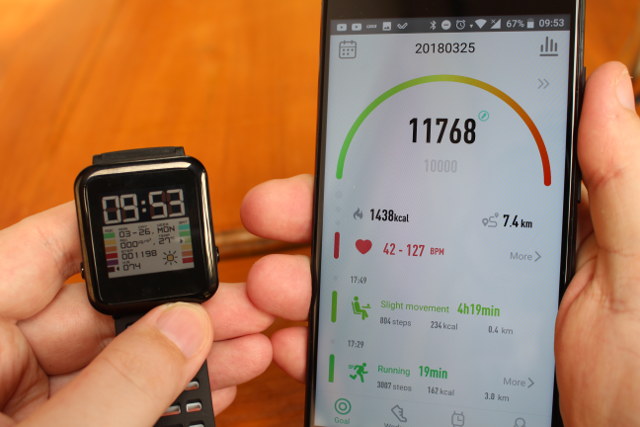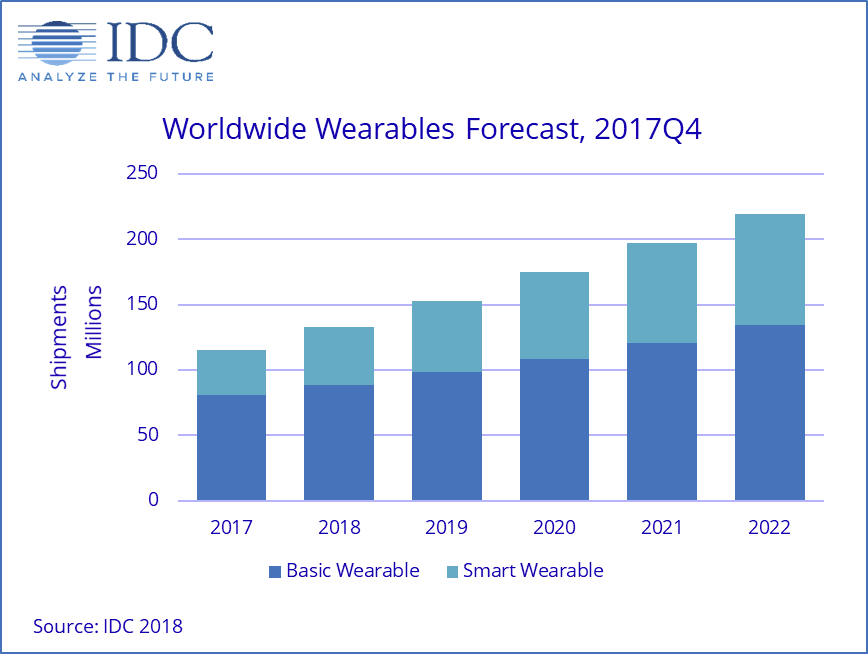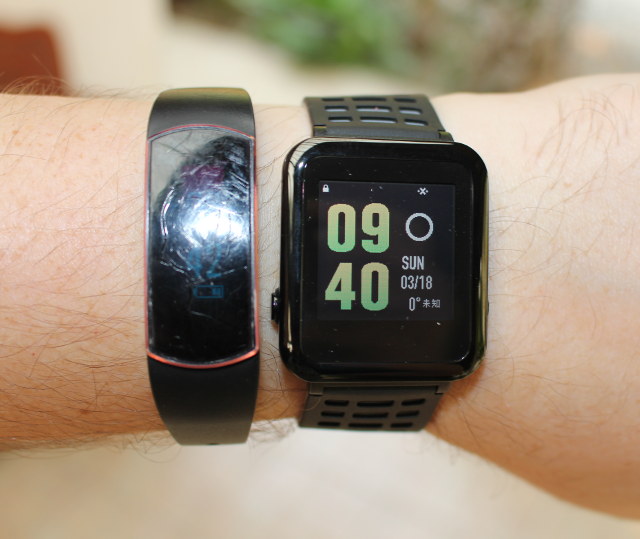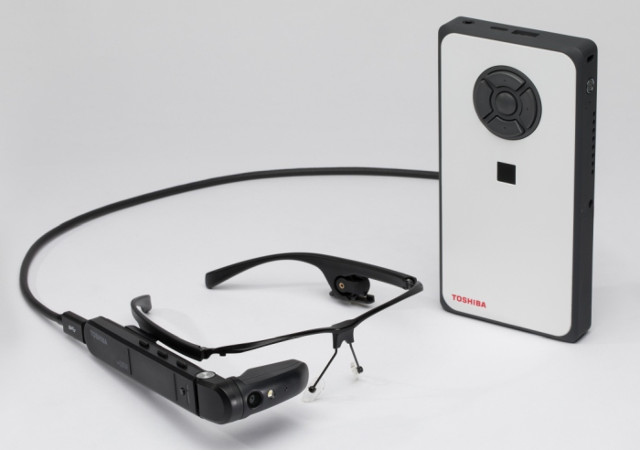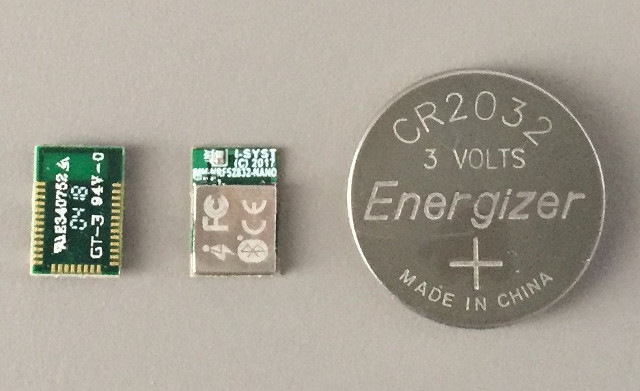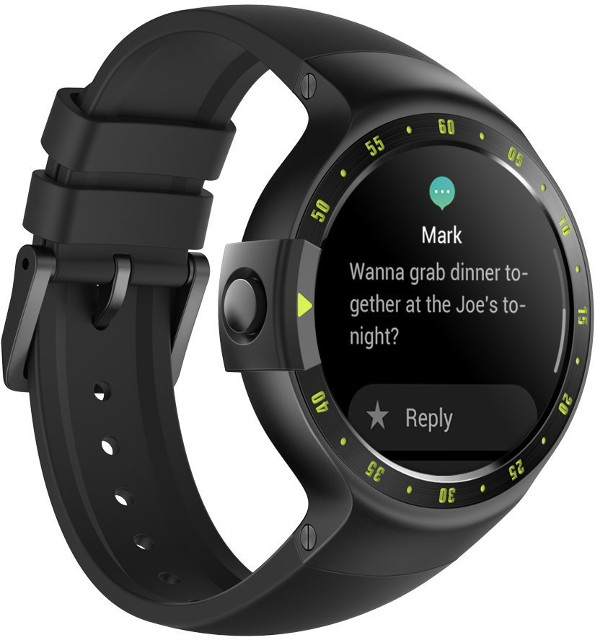As mentioned previously I did not have such good luck with smart wearables so far, with disappointing products often with a short lifetime (a few weeks to a few months, and some design issues here and there like an e-Paper display without backlight, a touchscreen display with poor locking mechanism (so it’s activated while taking a shower), unreliable heart rate monitor, poor waterproofness and so on… My main requirements are always-on display, battery life as long as possible, notification support, good waterproofness to do tasks like taking shower or swim without having to remember to remove the watch, among others less important requirements. I mostly gave up on the category for about year, but decided to give it a try when GeekBuying asked me if I was interested in reviewing WeLoop Hey 3S sports smartwatch. Maybe things have improved since then. I’ve already gone through unboxing and initial setup in […]
IDC Expects Smartwatches Shipments to Double by 2022
The smartwatch market has been growing steadily over the last few years, but smart wearables have not become a must-have items like smartphones are for most people. The International Data Corporation(IDC) expects the growth of wearable devices to continue at around 13.4% over the next five years, with a forecast 219.4 million units to be shipped in 2022, and smart watches will grow even faster, as the company expect the number of shipped units to nearly double to 84 millions in five years. The biggest growth is expected to be for earwear growing 48% per annum, following by smart clothing, both of which start from a lower user base. Basic wristbands and watches will still grow, but not quite as fast especially for wristbands. In case you wonder that the “others” category includes, the company explains those are devices “that can be clipped to different parts of the body or […]
WeLoop Hey 3S Sports Smartwatch Review – Part 1: Specifications, Unboxing, First Try with Android App(s)
It’s been a while since I have reviewed a smartwatch or fitness tracker, simply because I found most devices to be lacking, and break easily after a few weeks or months. It’s also difficult to find a device that combines long battery life, waterproofness, a decent screen, and all that at a reasonable price. But I decided to give it another try when Geekbuying asked me whether I was interested in reviewing WeLoop Hey 3S sports smartwatch with 5 ATM waterproofness, a standby time of 30 days, a color display, an optical HRM, and built-in GPS. I’ve just received it , so I’ll start by posting specifications about the watch, and checkout what’s inside the package. Weloop Hey 3S Specifications Display – 1.28″ color memory LCD display with 176×176 resolution, touchscreen Connectivity – Bluetooth 4.0 LE, built-in GPS Sensors – Heart rate monitor Battery – 270 mAh LiPo battery good […]
Android Wear Becomes “Wear OS by Google”
Android Wear is an operating systems for wearables based on Android, but it may be confusing to (some) consumers, since an Android Wear watch may pair with an iPhone and an Android phone is not requires. Google actually reports one third of Android Wear watch users also own an iPhone, so the company has now decided to rename Android Wear to “Wear OS by Google“. Apart from the name change and new micro website, everything remains the same. Now if they could also change “Android TV” to “TV OS by Google” that would also prevent an other type of confusion among users… Jean-Luc Aufranc (CNXSoft)Jean-Luc started CNX Software in 2010 as a part-time endeavor, before quitting his job as a software engineering manager, and starting to write daily news, and reviews full time later in 2011. www.cnx-software.com
Toshiba Unveils dynaEdge AR Smart Glasses Powered by a Portable Windows Mini PC
Smart glasses have never really gained traction in the consumer space, but they can still be useful in the workplace, especially with augmented reality, where relevant data can be overlaid on top of the user’s view. Toshiba has launched one of those products with dynaEdge AR smart glasses, but instead of having the battery and electronics on the glasses themselves, a portable mini PC running Windows takes care of the heavy lifting and the battery. This should make the glasses lighter – provided proper cable management -, and offer longer battery life. dynaEdge AR100 head mounted display (HMD) specifications: Display – 0.26″ with 640 x 360 resolution (equivalent to 4.1″ display about 35cm away); angle adjustment Audio – Dual microphone with noise cancellation, speaker USB – USB type C port to connect to mini PC Sensors – Ambient light, compass, gyroscope, proximity Location – GPS support Built-in Camera Misc – […]
IMM-NRF52832-NANO is an Ultra Small nRF52832 Module with Bluetooth 5, ANT+, 30 I/Os
If you have a project requiring a programmable Bluetooth 4.x/5 module that’s as small as possible, Canada based I-Syst may have what you need with their IMM-NRF52832-NANO module measuring just 10 x 7 x 1.6 mm. The module is based on Nordic Semi nRF52832 Arm Cortex-M4F SoC with Bluetooth 5 LE (no long range support) and ANT+ connectivity, and exposes up to 30 I/Os for your project. Specifications: SoC – Nordic Semi nRF52832 32 bits Arm Cortex-M4F @ 64MHz with 512KB Flash, 64KB SRAM, 2.4GHz multi-protocol transceiver Connectivity – Bluetooth 5 LE, ANT+, Type 2 NFC -A Tag with wakeup on field Up to 30x I/Os: 3x SPI Master/Slave 2x 2-wire Master (I2C compatible) UART (CTS/RTS) 3x 4 channel PWM 8x configurable 12 bits, 200 ksps ADC Digital microphone interface Quadrature decoder input Sensors – Temperature sensor Security – AES HW encryption Misc – 32MHz & 32.768KHz crystals, low power […]
Ticwatch S / E Android Wear Smartwatches are Powered by Mediatek MT2601 SoC
Android Wear is normally used in products from larger companies such as Huawei, LG, or ASUS. In the past, some smaller companies claimed to have designed their own Android Wear smastrwatch with approval from Google, but eventually their products went nowhere, even though one was listed on some sellers as a pre-order. But last summer, Mobvoi launched a Kickstarter campaign for their Ticwatch S & E smartwatches powered by Android Wear, and they managed to raise over $3 millions dollars from close to 20,000 backers with pledges starting at $99. The watches can now be purchased online for $127.99 and up from sites like Amazon, GeekBuying, GearBest, or directly from Mobvoi store. Ticwatch S (Sport) and E (Express) share many of the same features, but Ticwatch E is a bit lighter and more elegant, while Ticwatch S comes with a breathable band design with an integrated GPS antenna. Specifications: SoC […]
SKIIN Smart Underwears Support Energous’ WattUp Near, Mid, and Far-Field Wireless Charging
Near-field wireless charging has been around for several years, but for wireless charging to become really disruptive it needs to work at a distance, and Energous has been working on mid and far-field technology with their WattUp transmissive to charge devices respectively on the desk (mid-field) or in the room (far-field). You need to have compatible devices to work with the technology, and wearables are a prime target, but I was expecting fitness trackers or smartwatches to embed the technology at first, but instead one of the first WattUp compatible wearables are smart underwears from SKIIN. The module found in SKIIN underwears and bras have many of the same features as your typical fitness tracker and some extras: Sensors ECG sensors for Heart Rate Monitoring (HRM) Accelerometer and Gyroscope to measure motion & posture BIA (Bioelectrical impedance analysis) to monitor water intake levels and how your sweat affects your hydration, […]


